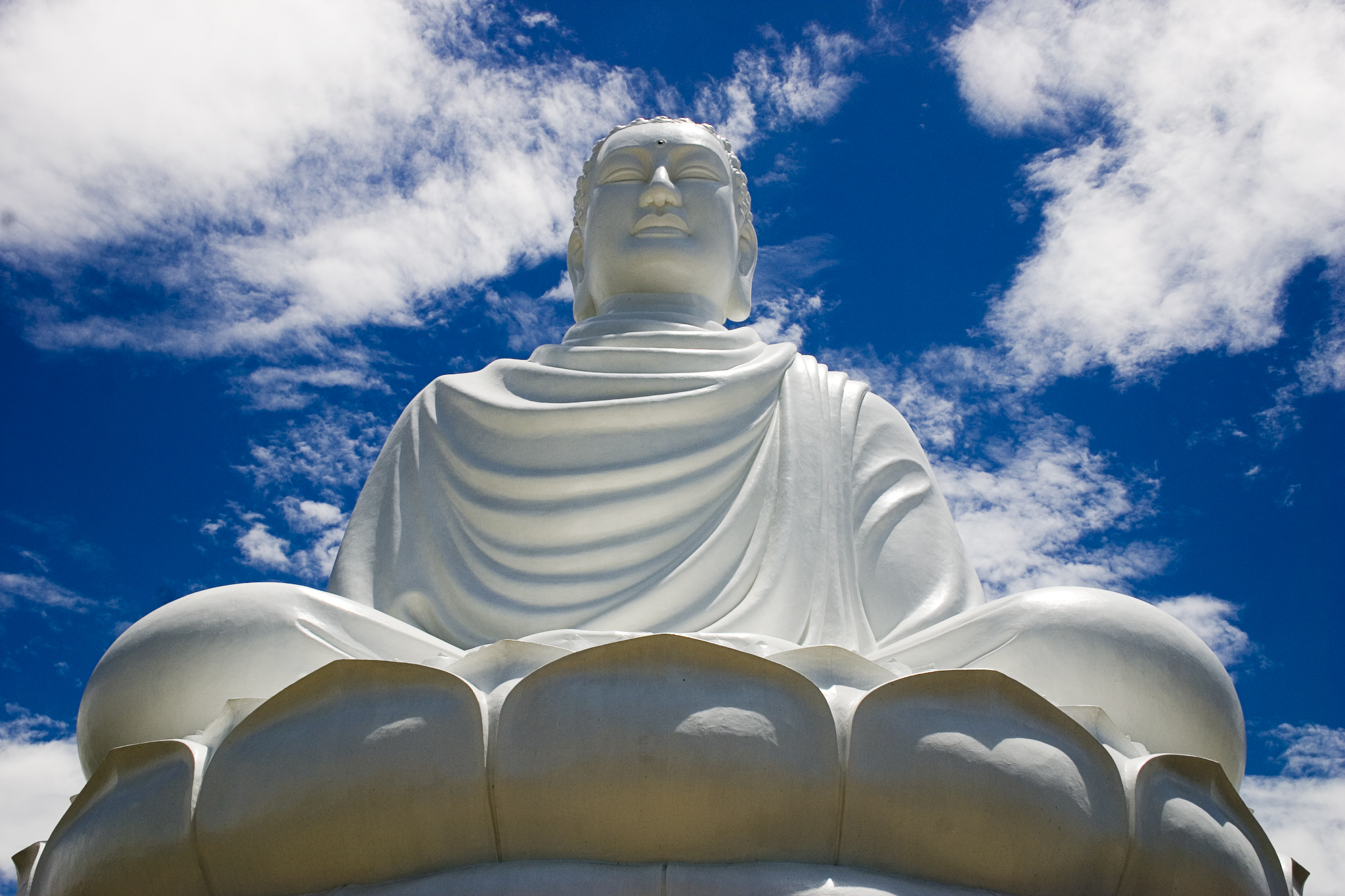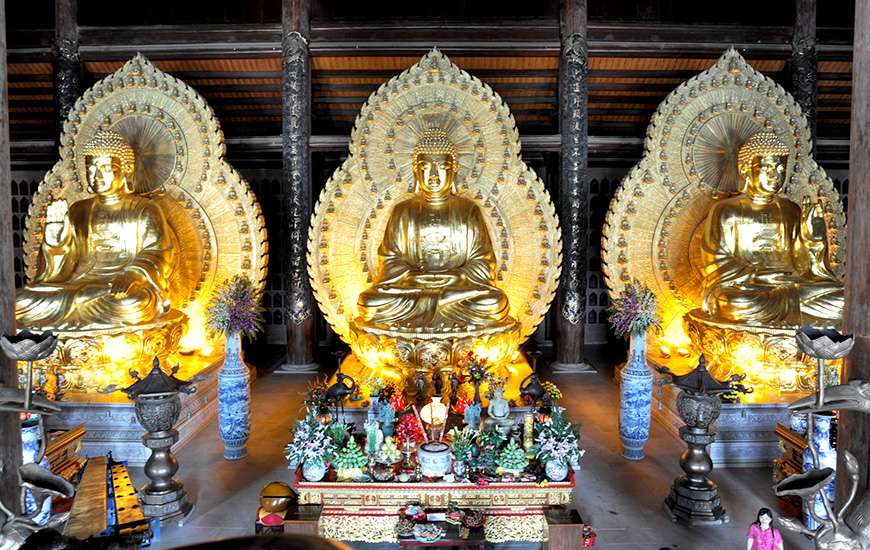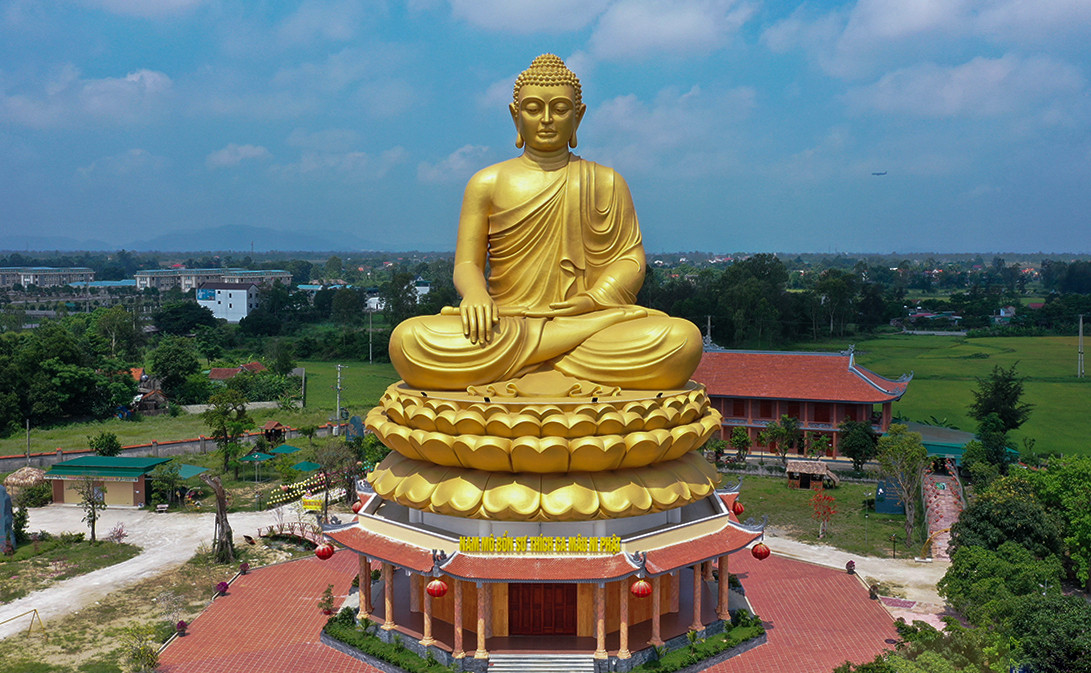
Unveiling the spiritual secrets of Vietnam religion
Vietnam, a land steeped in history and culture, is home to a diverse tapestry of religious beliefs and practices. From ancient animism to modern-day faiths, the Vietnamese people have embraced a rich spiritual heritage. Join us as we delve into the fascinating world of Vietnam religion.

The Evolution of Vietnam religion
Vietnam religion’s landscape is a complex tapestry woven from various threads, influenced by both indigenous beliefs and foreign imports. Over centuries, these threads have intertwined, resulting in a unique and dynamic religious culture.
Ancient Beliefs and Animism
The earliest Vietnamese people practiced animism, believing in spirits inhabiting natural elements like mountains, rivers, and trees. This belief system was deeply rooted in the agricultural society and was closely tied to the cycles of nature.
Chinese Influence: Confucianism, Taoism, and Buddhism
During the Chinese domination of Vietnam, Confucianism, Taoism, and Buddhism were introduced and gradually assimilated into Vietnamese culture. Confucianism, with its emphasis on social order, morality, and filial piety, had a profound impact on Vietnamese society and governance. Taoism, with its focus on harmony with nature and spiritual cultivation, influenced Vietnamese folk beliefs and practices. Buddhism, particularly Mahayana Buddhism, gained widespread popularity, leading to the construction of numerous pagodas and temples.
The Rise of Indigenous Vietnam religion
In the 19th and 20th centuries, several indigenous religions emerged in Vietnam, reflecting a desire for spiritual independence and social reform. These religions, such as Cao Đài and Hòa Hảo, blended elements of Buddhism, Taoism, Confucianism, and local beliefs.
The Impact of Colonialism and Modernization
The French colonial period brought Catholicism to Vietnam, and many Vietnamese people converted to this faith. Today, Catholicism is a significant religion in the country, particularly in the central and southern regions.
In the 20th century, the Vietnamese government implemented a policy of religious tolerance, although it also sought to control religious practices. Despite these challenges, Vietnamese people continue to practice their faith, adapting to the changing social and political landscape.
Today, Vietnamese religious beliefs are often a blend of different traditions, with many people practicing a syncretic form of religion that incorporates elements of ancestor worship, Buddhism, Taoism, and Confucianism.12 This unique blend reflects the rich and diverse cultural heritage of Vietnam.
See also:
Vietnam religion: A Tapestry of Faith
Vietnam is a land of diverse religious beliefs, where ancient traditions intertwine with modern influences. While the official state ideology is atheism, a rich tapestry of Vietnam religion continues to shape the cultural landscape.
Vietnamese Folk Religion
The most widespread belief system in Vietnam, Vietnamese folk religion is a complex blend of animism, ancestor worship, and elements of Buddhism, Taoism, and Confucianism. It involves a deep reverence for nature spirits, local deities, and family ancestors. Rituals and ceremonies, often held in temples and homes, are central to this belief system.

Buddhism Vietnam religion
Both Mahayana and Theravada Buddhism have a significant presence in Vietnam. Mahayana Buddhism, with its emphasis on compassion and enlightenment, is the more dominant form. Buddhist temples and pagodas can be found throughout the country, showcasing intricate architecture and serene gardens.
Christianity Vietnam religion
Christianity, particularly Catholicism, was introduced to Vietnam by European missionaries during the colonial era. Many Vietnamese people, especially in the central and southern regions, adhere to Catholicism. The country boasts numerous stunning Catholic cathedrals and churches.
Cao Dai Vietnam religion
Cao Dai is a relatively new Vietnam religion founded in the early 20th century. It combines elements of Buddhism, Taoism, Confucianism, and Christianity, as well as indigenous Vietnamese beliefs. Cao Dai temples are known for their unique architecture and colorful rituals.

Hoa Hao Vietnam religion
Hoa Hao is a Vietnamese Buddhist sect that emerged in the early 20th century. It emphasizes social justice, equality, and the importance of education. Hoa Hao followers are particularly concentrated in the Mekong Delta region.
It’s important to note that many Vietnamese people practice a blend of these religions, often combining elements of ancestor worship, Buddhism, and Confucianism into their daily lives. This syncretic approach reflects the complex and diverse nature of Vietnamese spirituality.
Top 10 Impressive Buddha Statues in Vietnam

Vietnam is home to many impressive Buddha statues, each with its unique history and significance. Here are 10 of the most notable:
- The Tallest Buddha Statue in Southeast Asia (Tay Ninh): Standing at a towering height of 72 meters, this colossal bronze statue is a sight to behold. Located on Ba Den Mountain, it offers panoramic views of the surrounding countryside.
- The Reclining Buddha Statue (Soc Trang): This massive reclining Buddha statue is one of the largest in Vietnam. It’s a peaceful and serene sight, perfect for meditation and reflection.
- The White Marble Buddha (Vung Tau): This stunning white marble statue is perched atop Nui Lon Mountain, offering panoramic views of the city and the sea.
- The Golden Buddha Statue (Ho Chi Minh City): Located at the Chua Xua Pagoda, this golden Buddha statue is a symbol of peace and prosperity.
- The Laughing Buddha Statue (Nha Trang): This cheerful Buddha statue is believed to bring good luck and happiness. It’s a popular spot for tourists and locals alike.
Others:
- Linh Ung Pagoda (Da Nang): This majestic statue overlooks the city of Da Nang and is a popular pilgrimage site.
- Quan Su Pagoda (Hanoi): This ancient pagoda houses a beautiful bronze Buddha statue, a symbol of peace and tranquility.
- Chua Tran Quoc (Hanoi): Located on a small island in West Lake, this pagoda is home to a serene Buddha statue surrounded by beautiful lotus ponds.
- Chua Tam Chuc (Ha Nam): This impressive statue is located within the vast complex of Tam Chuc Pagoda, one of the largest Buddhist temples in Southeast Asia.
These are just a few of the many impressive Buddha statues that can be found throughout Vietnam. Each statue has its own unique history and significance, making them a fascinating aspect of Vietnamese culture and religion.
